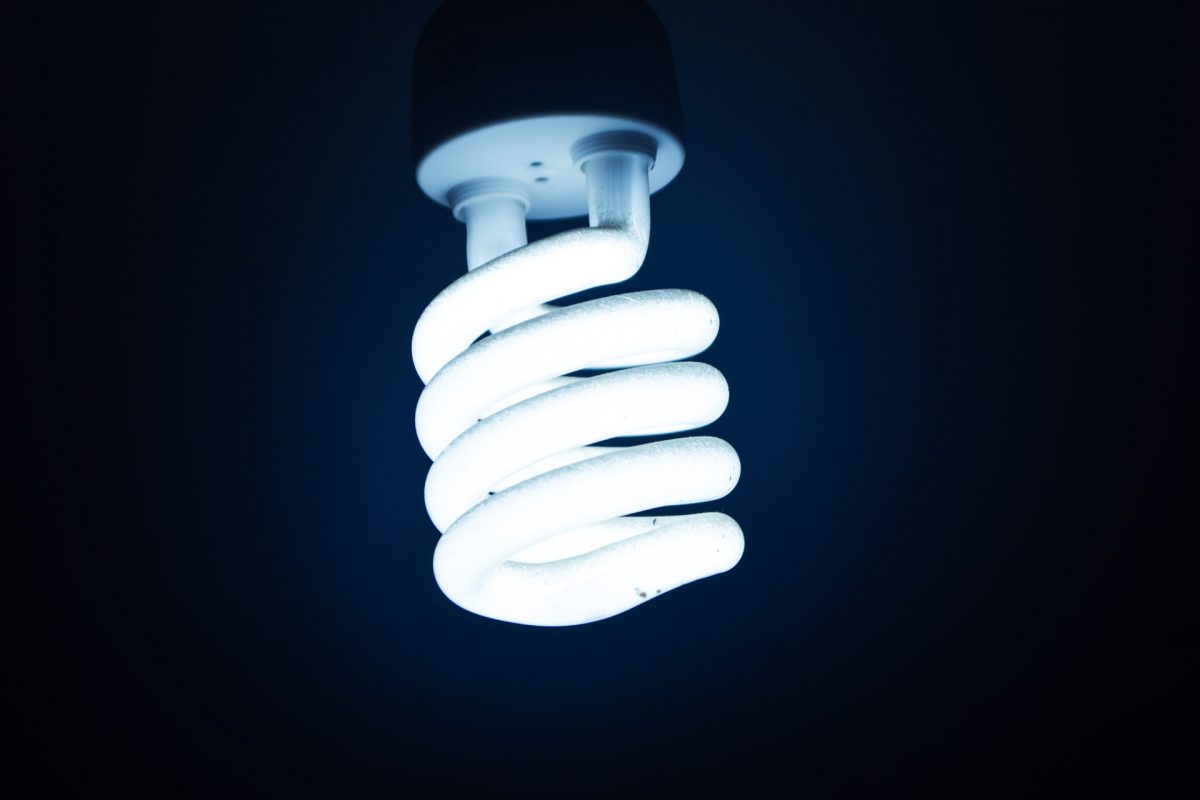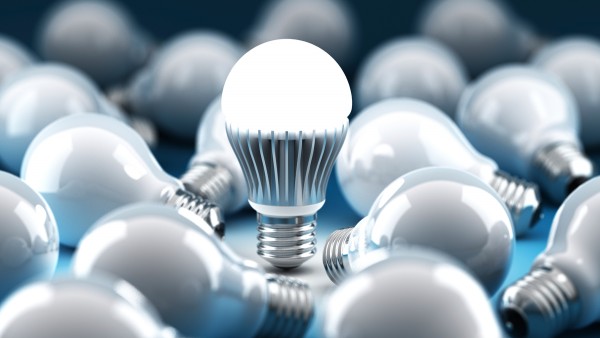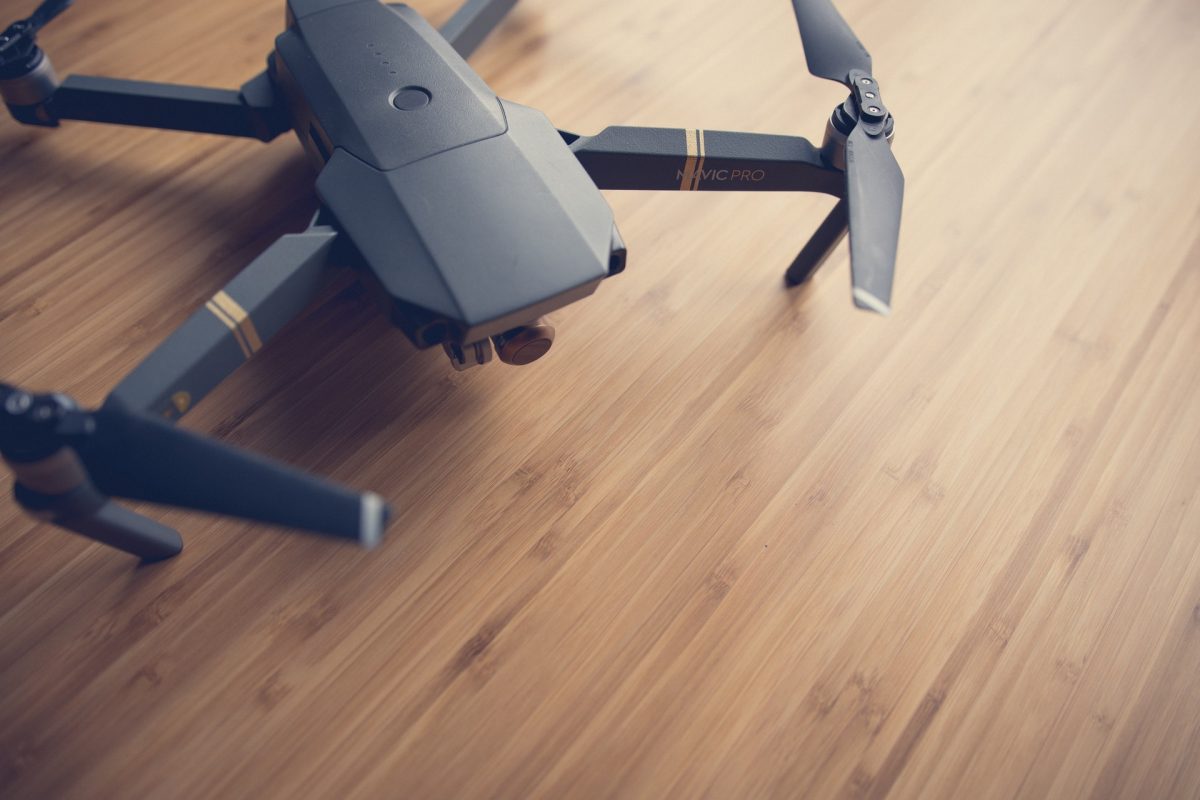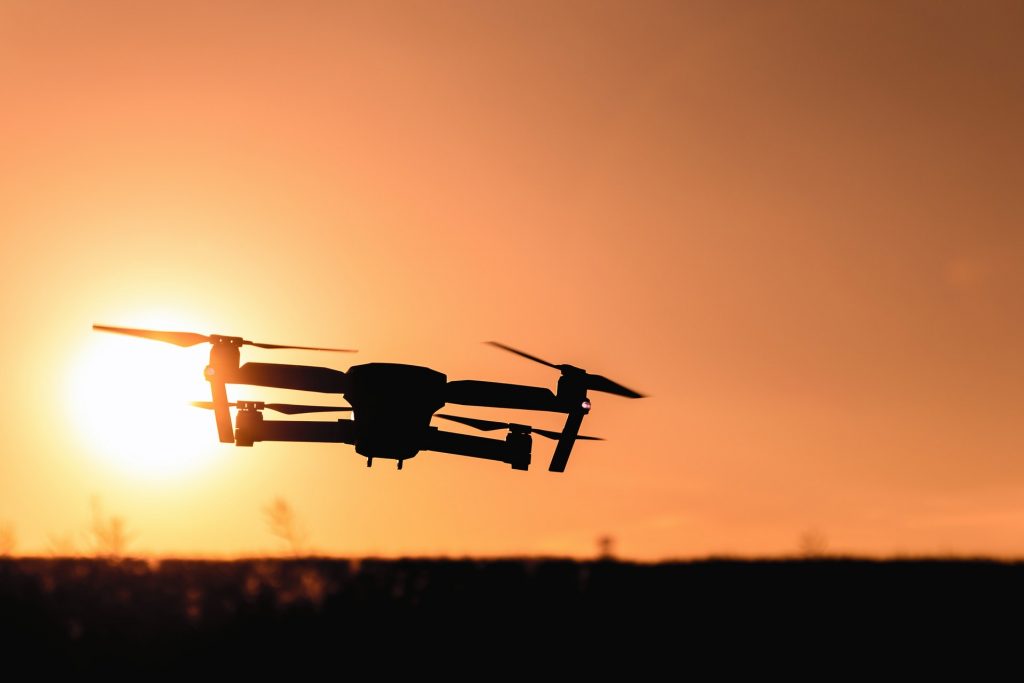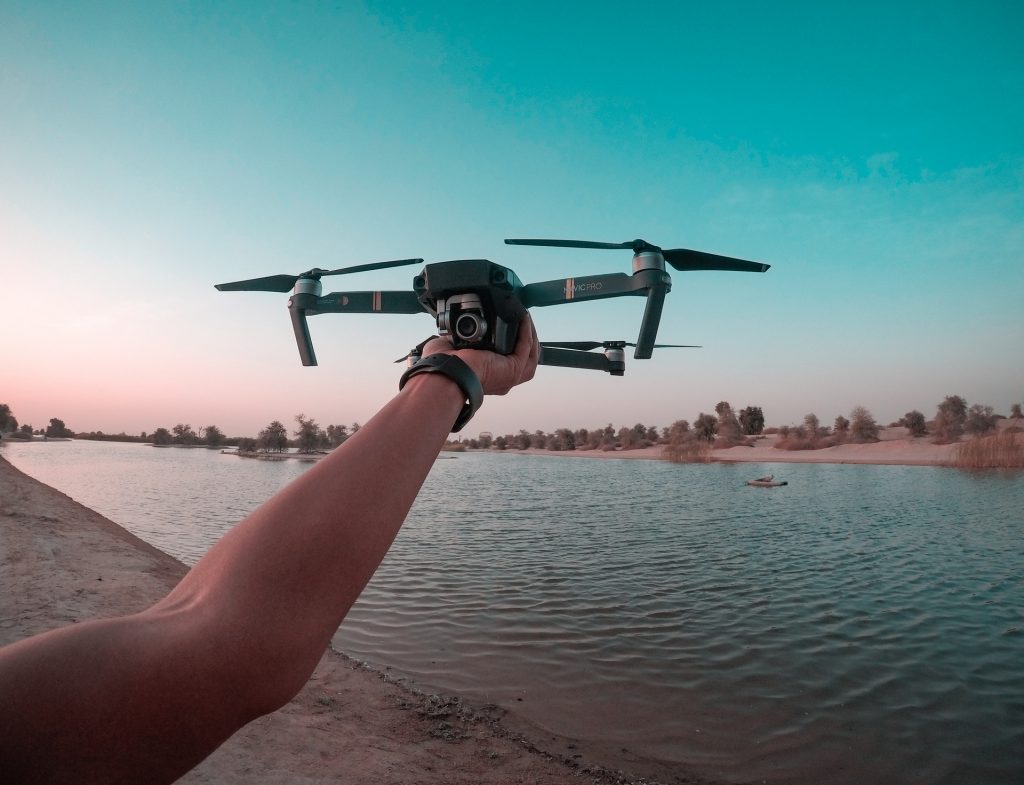Being data-driven means building abilities, tools and a culture that acts on data. With the emergence of big data seeping in the construction industry, construction companies are adapting and innovating construction technology tools to process large quantities of construction data and extracting their value to their advantage. As more construction technology suppliers continue to study construction data and how to utilize them, it has become apparent that data-drivenness not only advances individual construction companies, it is vital for maturing the entire global construction industry.
How do we create a data-driven construction company?

According to Carl Anderson in his book, Creating a Data-Driven Organisation, for a company to become data-driven, it has to have the following company qualities:
1. It must collect data.
For a construction company to be data-driven, it has to collect the right data. The collected data set must be relevant, timely, accurate, clean, unbiased and reliable. Data alone is not enough, quality data is what’s valuable.
2. It can access and query its data.
Other than being accurate, timely, and relevant, data must also be:
- Joinable. The data must be in a form that can be joined to other enterprise data, when necessary.
- Shareable. For data to be joined, they must be shareable within a data-sharing company culture.
- Queryable. There must be proper tools to query the data. Data reporting and analysis require grouping, filtering, and aggregating of data to prune large raw data into smaller sets of quality numbers and to compute metrics easily.
3. It has the right people with the right skills to use its data.
For a construction company to be data-driven, it has to have the right people to ask the correct questions of the data with the skills to extract the right data and metrics and to use that data for future steps. The right people should be able to utilise the data for:
- Reporting. Reporting is basically extracting data and generating a report from it.
- Alerting. Alerts are basically reports of what is currently happening. They provide specific data with well-designed metrics.
- Analysis. The analysis is the investigation of data assets into usable insights that will help in decision making and drive actions using people, processes, and technologies.
The hallmarks of data-drivenness
A data-driven construction company does at least one of the following three things that prioritize high-quality data and skilled analysis for future-proofed decision making, according to Anderson:
- A data-driven company performs continuous tests for process improvement.
- A data-driven company has a continuous improvement mindset.
- A data-driven company is involved in predictive actions.
Data-driven processes demand transformation
Other than promoting an evidence-based culture, being data-driven makes construction processes and operations more precise, predictable and efficient. From greater demands in quality construction execution to building end-user comfort, data-driven efficiency demands for transformation in a lot of construction aspects.
Construction technologies and big data
The development and use of digital technologies and processes are essential in the required transformation of construction as an industry. Digitalization creates new functionalities along the entire value chain from the early phases of design to the final handover, up until the operational maintenance of a building project. The use of big data and analytics generate quality insights from the data gathered during the construction and the operations phase. Simulations and virtual reality identify clashes (clash detection) during the design stages. Using mobile connectivity allows real-time communication within companies and provide their construction teams with vital on-site information.
A single platform for construction management
No two projects are identical but useful concepts and processes from one project can prove helpful when applied to another. The ideal goal is for companies to standardize these “lessons” for construction management to go through continuous improvement across projects. To facilitate the implementation of such standardization, using a company-wide software tool is ideal while taking note of the following steps.
- Collect and consolidate construction project management data. Ideally, a monitoring system with a robust reporting tool should be in place to enable the continuous collection of project data.
- Standardize best practices. Evaluate individual projects and develop a list of best practice processes that can be used in a variety of different projects.
- Apply best-practice standards at the project level. Make your best practices mandatory and apply at the project level.
Better management of subcontractors and suppliers
Poor coordination of purchasing materials and components delay projects and can create serious scheduling and costing problems. Hence, it is critical to integrate suppliers and subcontractors more effectively. Adopting construction technologies and related tools can help integrate the supply chain more closely and establish an agile and transparent supply chain throughout the entire project. These digital tools can improve service and reduce costs by providing end-to-end visibility and solution to the supply chain.
BIM
Building Information Modeling (BIM) is gaining importance as a platform for central integrated design, modeling, planning, and collaboration. BIM provides all stakeholders with a digital representation of a building’s characteristics throughout its life cycle and provides several important opportunities. It facilitates a collaborative way of working among all stakeholders, from early design until operations and maintenance. By doing so, it promises great efficiency gains.
Lean construction methods and management
A lean approach reduces complexity and uncertainty by reducing waste and non-value-adding activities throughout the entire value chain: it reduces, for instance, schedule deviations, waiting, stocks of building materials, transportation, rework and unused or underutilized resources. In that way, it makes processes more stable, predictable and efficient. That’s according to Lean Station. Other than improvements in cost and delivery, lean processes also better quality and safety with new digital construction tools that can help greatly in performing crucial safety processes and inspections.
Meticulous project monitoring
Project monitoring, especially on site, needs to be more real-time, forward-looking and future-proofed. It is also imperative for it to provide actionable data that can bring projects back on track.
Smart buildings
With more technological advances being incorporated in modern buildings and construction, the cost of sensors, data storage, and computing services have gone down. With the prices getting more affordable, the general consumers and the government have been demanding greater energy efficiency in buildings and improved safety and convenience through connected devices and the Internet of Things (IoT). These improved and automated lighting and temperature controls and remote servicing also benefit the building owners and building end-users: reduced operating costs, reduced energy usage, greater comfort, and increased operational efficiency.
Construction software and apps play an important role in the implementation of the mentioned demands and needed transformations. They can also play a role in the crucial process of capturing as-built data from projects versus “as-designed”, which contains the original design drawings. The current construction industry transformation will rely increasingly on construction management software tools and BIM: they are capable of coordinating all stakeholders of a project and can facilitate on-site construction processes. The key is rethinking the approach to these construction processes and operations, that they can be receptive to these digital tools.

The Way Forward
The construction industry has been slow in adopting new technologies and is only embarking on a journey of the modern transformation. According to the World Economic Forum, this new era in construction will bring benefits for the wider society, the environment, and the economy by
- reducing construction costs and adverse social effects
- improving the efficient use of scarce materials and reducing adverse environmental impact of buildings over time
- narrowing the global infrastructure gap and boosting economic development in general.
This promise will unfold very soon, and very remarkably. Sweeping changes are taking place, however not yet on a wide scale. A lot of things are to be done.
To move the industry forward, all stakeholders along the construction value chain should take action. The industry in its entirety should improve coordination and cooperation and agree on standards and common industry goals. Many of the challenges are common across the sector, but the industry remains variegated and fragmented. Construction companies have to choose their own paths of innovations and actions that suit their own visions and their clients’ needs to secure their individual futures and ensure an inspiring future for the entire industry.
About the author
Anastasios Koutsogiannis is Content Marketing Manager at LetsBuild.








